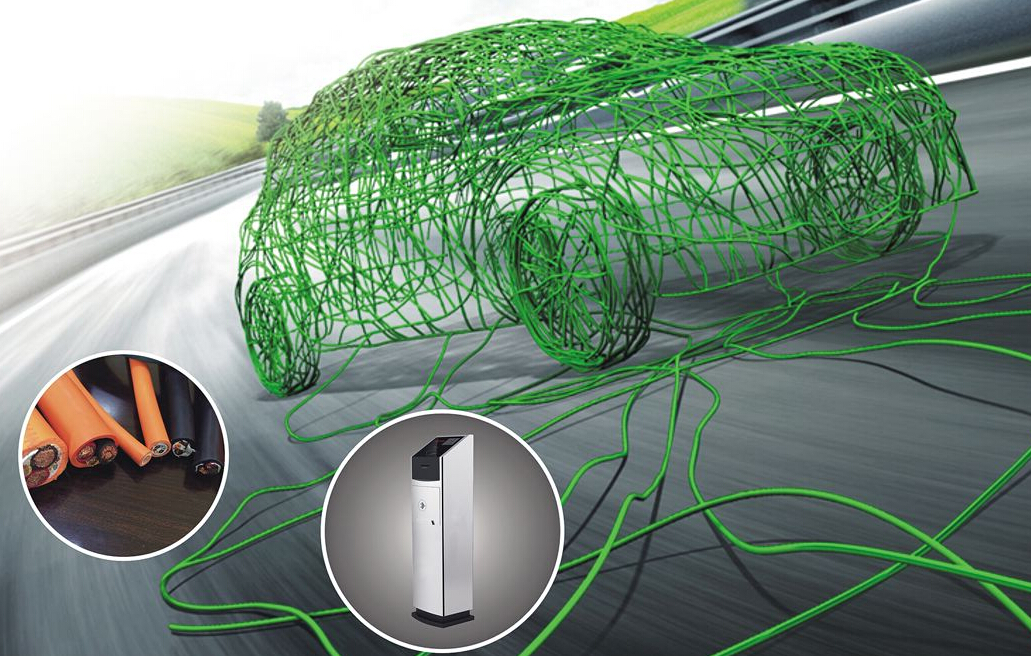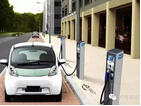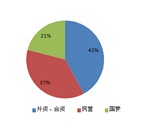In order to prevent some enterprises from increasing their battery life to increase their mileage by subsidizing, the new policy also requires battery system energy. In terms of new energy buses, the total amount of subsidies has been adjusted from no more than 300,000 yuan to no more than 180,000 yuan. The battery system energy density increased from 85Wh/kg to 115Wh/kg. The subsidy for new energy trucks and special vehicles fell the most. The maximum ceiling was lowered from 200,000 yuan to 100,000 yuan, and the energy density of the loaded battery system was increased from 90Wh/kg to 115Wh/kg. In the future, car companies want to receive subsidies, they must focus on technology research and development and upgrading, using technology as a hard strength support.
Compared with the 2017 subsidy standard, the new policy will gradually reduce subsidies for new energy vehicles with low cruising mileage and low battery energy density, and appropriately increase the subsidy standard for cars with higher performance indicators. It can be seen that although the subsidy is generally declining, the subsidy raises the technical threshold and can effectively encourage automakers to raise the level of research and development technology. The most crucial point is that this policy will make the industry understand that subsidies will gradually withdraw, and low-level repeat vehicles will no longer be feasible.

The new policy sets four subsidy thresholds for pure electric vehicles. Except for “No change in the maximum speed of 30 minutes, no less than 100km/h”, the other three subsidy thresholds have been significantly improved, and the subsidy standards for cruising range and battery system energy density have been significantly improved. Adjustment factors and energy consumption adjustment factors have clear and strict requirements. The high subsidy for cruising mileage is only slightly higher for 300 KM or more pure electric vehicles. The increase in subsidy amounts to only 300 km to 400 km and over 400 km. 6000 yuan, and finally get a subsidy of 44,000 yuan and 50,000 yuan.
The most important aspect of the new policy is to significantly increase the battery energy density standard, promote the development of high-end passenger vehicles, promote the upgrade of special vehicles, and achieve high-quality development of the industrial chain. In terms of quality energy density standards for power batteries, the mass energy density requirement for power battery systems for purely electric passenger cars was not less than 90 Wh/kg, and for those above 120 Wh/kg, it was subsidized at 1.1 times the standard. . The new regulations require that the battery mass energy density should not be less than 105Wh/kg, models of 105Wh/kg to 120Wh/kg should be subsidized at 0.6 times, while models with 120Wh/kg to 140Wh/kg should be subsidized at 1 times, 140Wh/ The models with kg to 160Wh/kg are subsidized at 1.1 times, while those at 160Wh/kg and above are subsidized at 1.2 times.
Some industry insiders believe that under the new regulations, a number of low-end mileage models will be eliminated, the strength of car prices will continue to optimize product performance, promote the high-quality development of new energy vehicle industry.
















 RCCN WeChat QrCode
RCCN WeChat QrCode Mobile WebSite
Mobile WebSite







